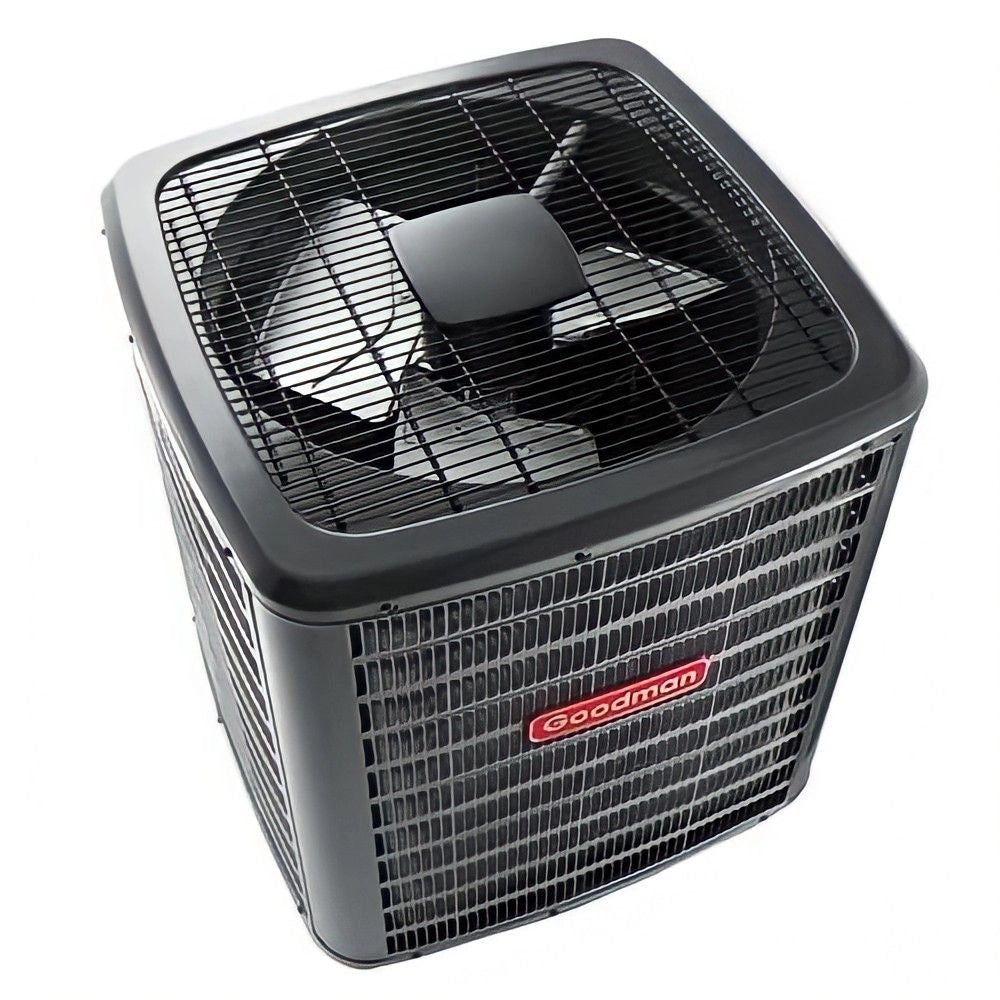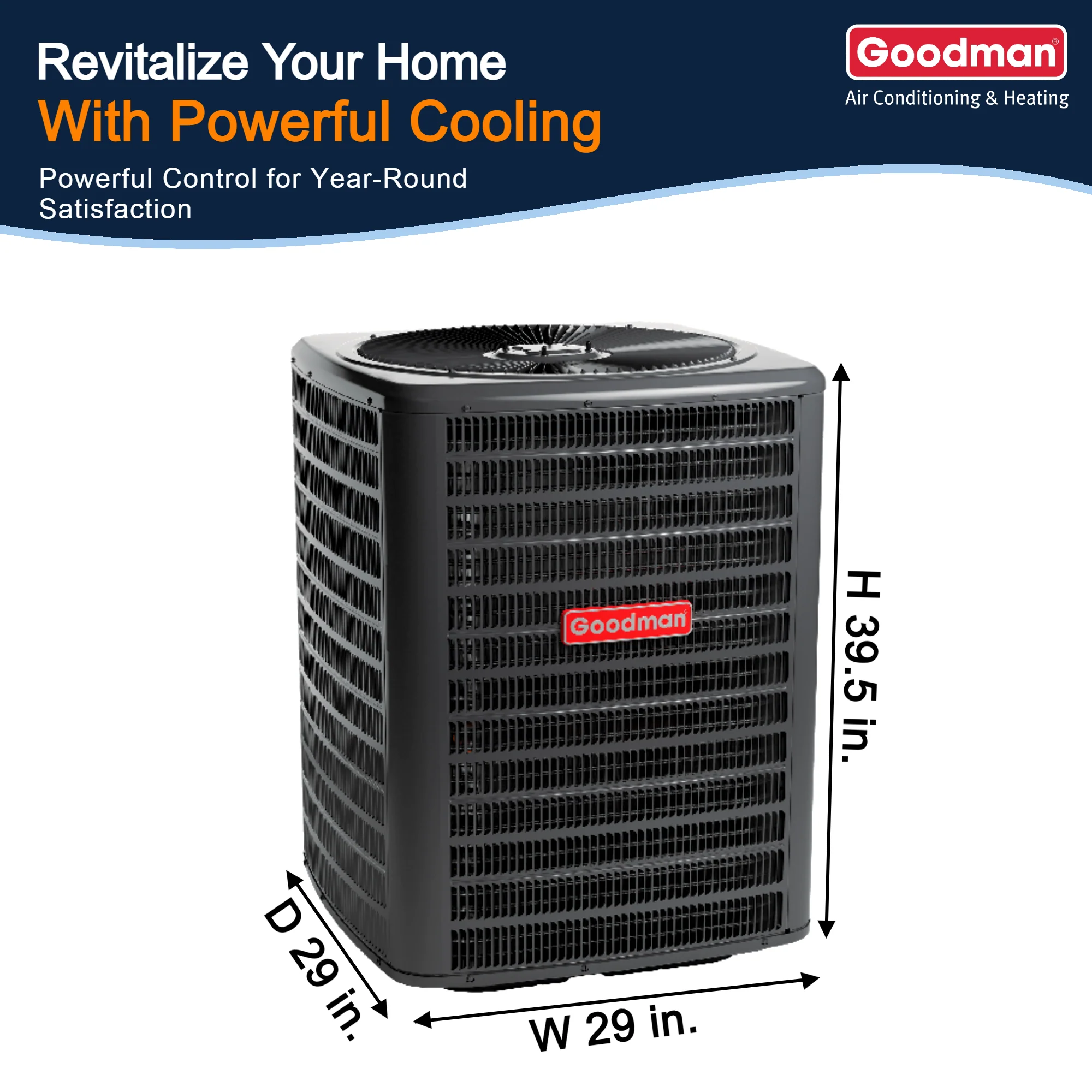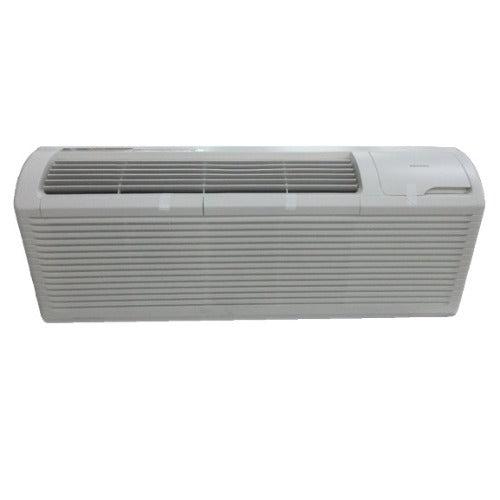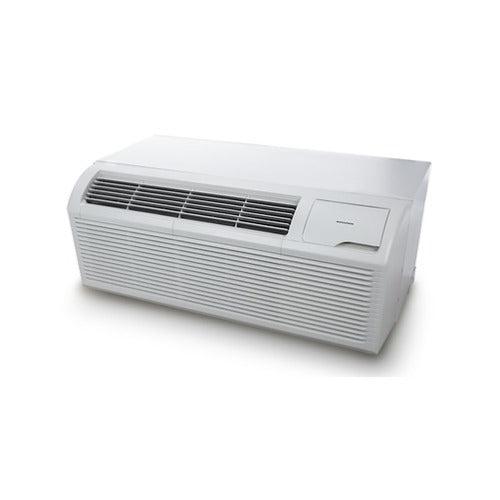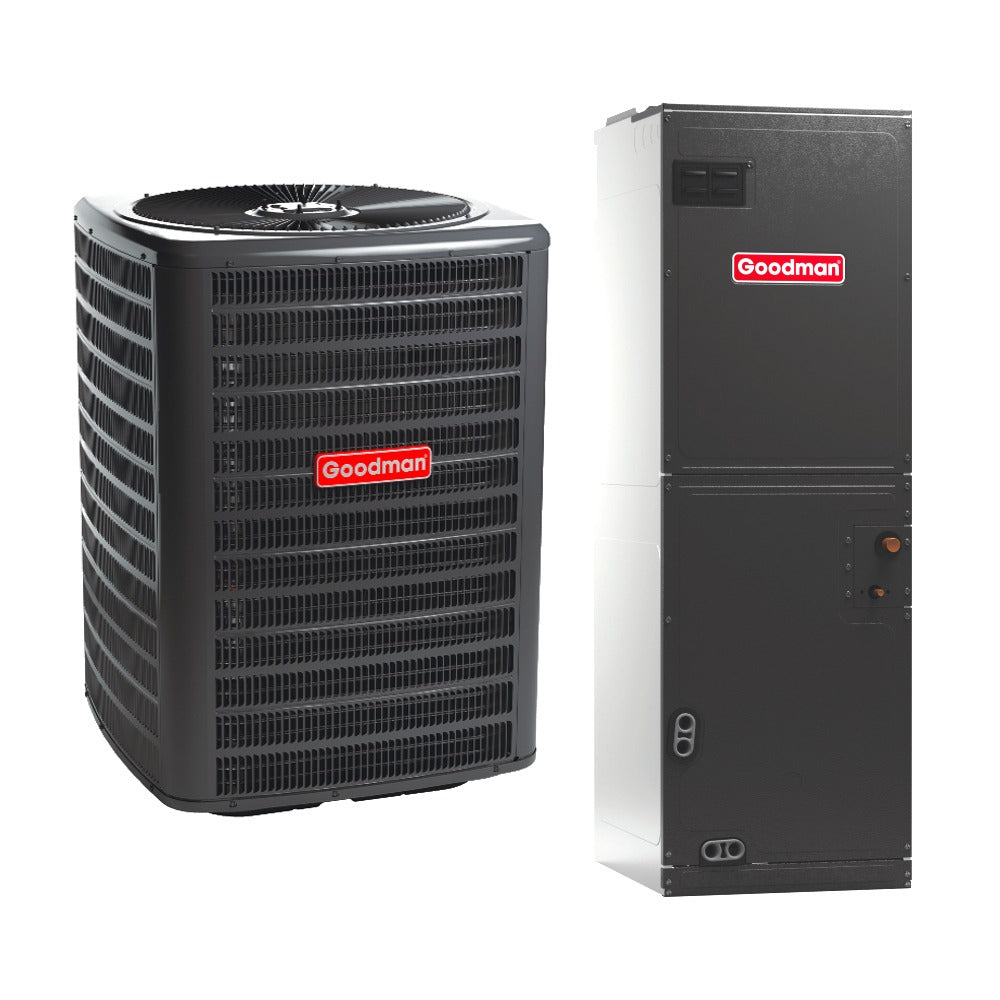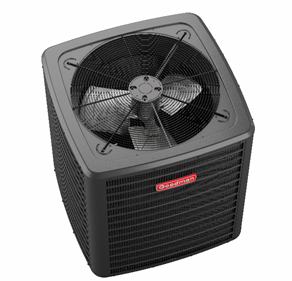How the R-454B Shortage Is Impacting HVAC Prices and Lead Times in 2025
The R-454B refrigerant shortage is creating ripple effects across the HVAC industry in 2025. From manufacturing bottlenecks and increased system prices to delayed lead times and inventory limitations, the implications are far-reaching for homeowners, contractors, and suppliers alike.
What Is Causing the R-454B Shortage?
The Environmental Protection Agency (EPA) mandated the phasedown of high-global warming potential (GWP) refrigerants like R-410A under the AIM Act. This opened the door for next-generation refrigerants such as R-454B. As major manufacturers transitioned their equipment lines to meet 2025 compliance deadlines, demand for R-454B surged beyond initial forecasts.
Factors contributing to the shortage include:
-
Limited global production of R-454B
-
High demand for retrofits and new installations
-
Delays in regulatory approvals and transportation logistics
As reported by ACHR News, even Tier 1 manufacturers are struggling to maintain supply levels.
Impact on HVAC Equipment Prices
With R-454B in short supply, the cost of compliant HVAC units has increased significantly. Systems using R-454B are now priced 10–20% higher than their R-410A predecessors. Distributors are passing costs on to contractors and end users, particularly for premium 2–5 ton split systems that are in highest demand.
In a recent report by HARDI, wholesalers indicated that price hikes are expected to continue through the third quarter of 2025, especially for multi-zone and high-efficiency configurations.
Lead Times and Delivery Delays
Lead times for R-454B-compatible equipment have doubled in some cases. Whereas R-410A units could ship within a week, many R-454B units now carry wait times of 4 to 10 weeks, depending on brand and model availability.
This issue is especially acute during peak cooling season. Contractors report difficulty in sourcing units even after quoting customers, forcing them to substitute alternative brands or reschedule installations.
According to Contracting Business, these delays are reshaping project timelines and service agreements.
Secondary Market and Black Market Risks
With demand far outpacing supply, a secondary market has emerged. Contractors and small distributors are hoarding R-454B cylinders or reselling them at inflated prices. There have also been reports of mislabeled or counterfeit refrigerants entering the market.
This not only violates EPA guidelines but can pose serious safety and liability risks. It’s essential that contractors verify the authenticity of their refrigerant supply from EPA-certified vendors.
Best Practices for Contractors in 2025
To stay competitive and reduce customer dissatisfaction, contractors should:
-
Pre-order equipment in bulk whenever possible
-
Offer transparent pricing updates on R-454B systems
-
Educate customers about the reasons behind delays and higher costs
-
Consider temporary repair solutions while waiting on system replacements
Contractors can also work with manufacturer reps and distributors to access allocation schedules. Those with established supplier relationships are more likely to receive priority shipments.
Preparing Customers for Higher Costs
Homeowners need to understand that refrigerant transitions are federally mandated and intended to reduce environmental impact. R-454B offers a much lower GWP compared to R-410A and helps futureproof HVAC investments.
Promoting this message—along with possible state and federal incentives—can help justify higher installation costs. For example, many homeowners qualify for rebates through the DOE Home Energy Rebate Program, which incentivizes low-GWP, energy-efficient equipment.
Future Outlook
While the shortage is expected to ease by 2026, many in the industry believe demand will remain high throughout this year. New production facilities are in development, but ramp-up takes time, especially for flammable refrigerants like R-454B that require specialized handling and containment.
To stay ahead, contractors and suppliers must adapt quickly, stay informed through organizations like AHRI and ACCA, and maintain clear communication with customers.
In the meantime, patience and proactive planning are key. The transition to sustainable HVAC solutions is here—those who navigate the R-454B shortage with transparency and strategy will position themselves as leaders in this new regulatory era.

